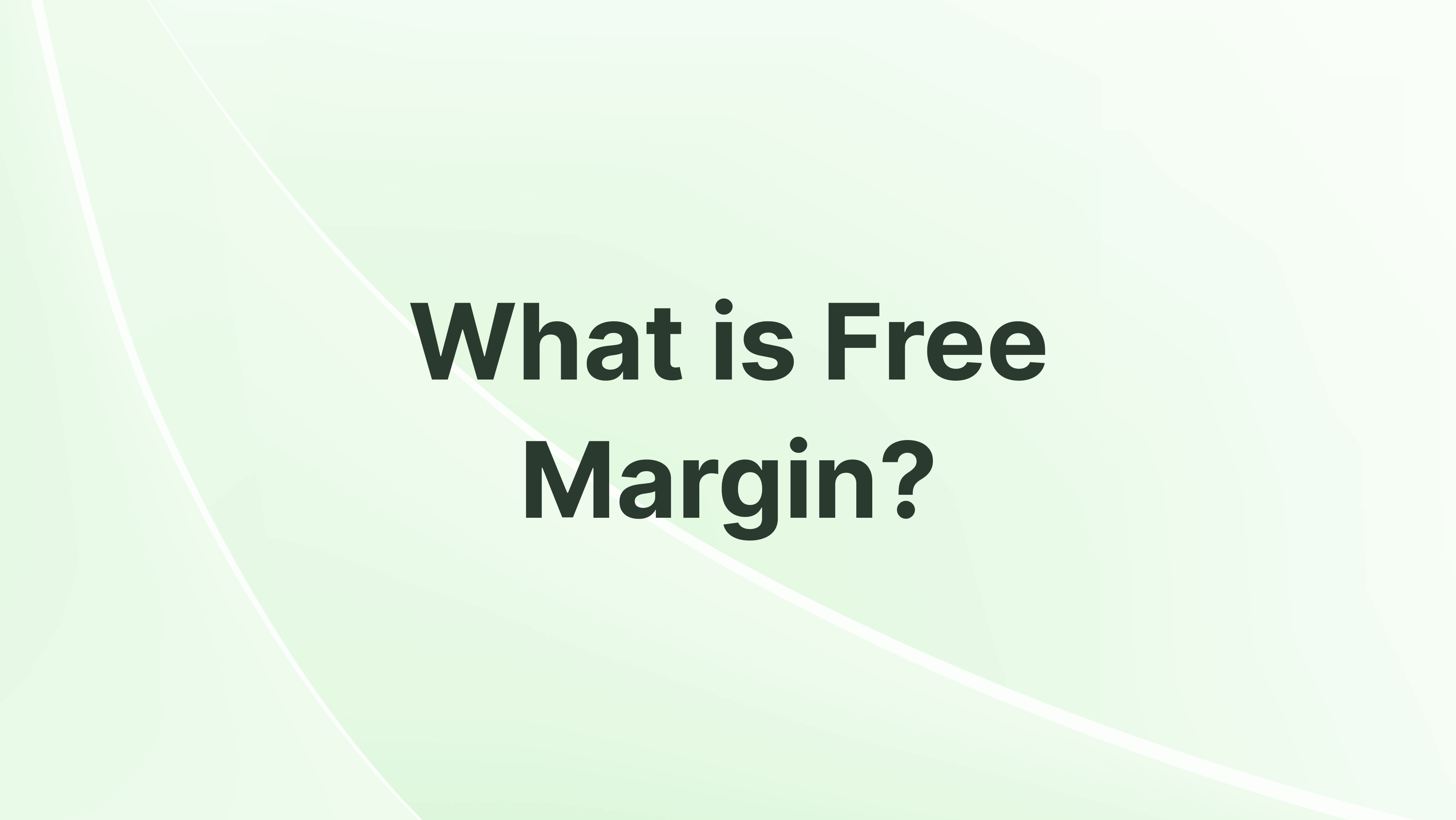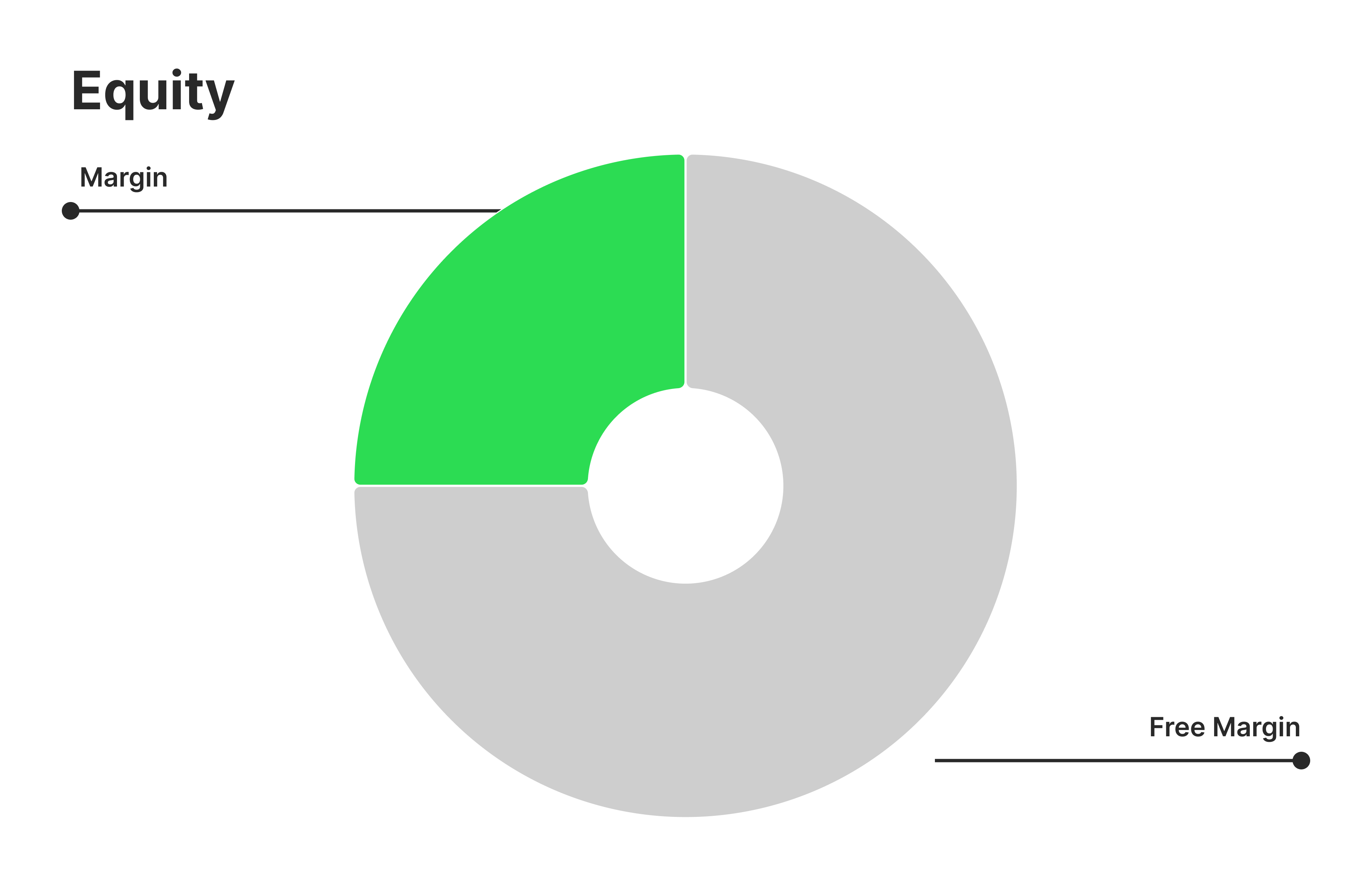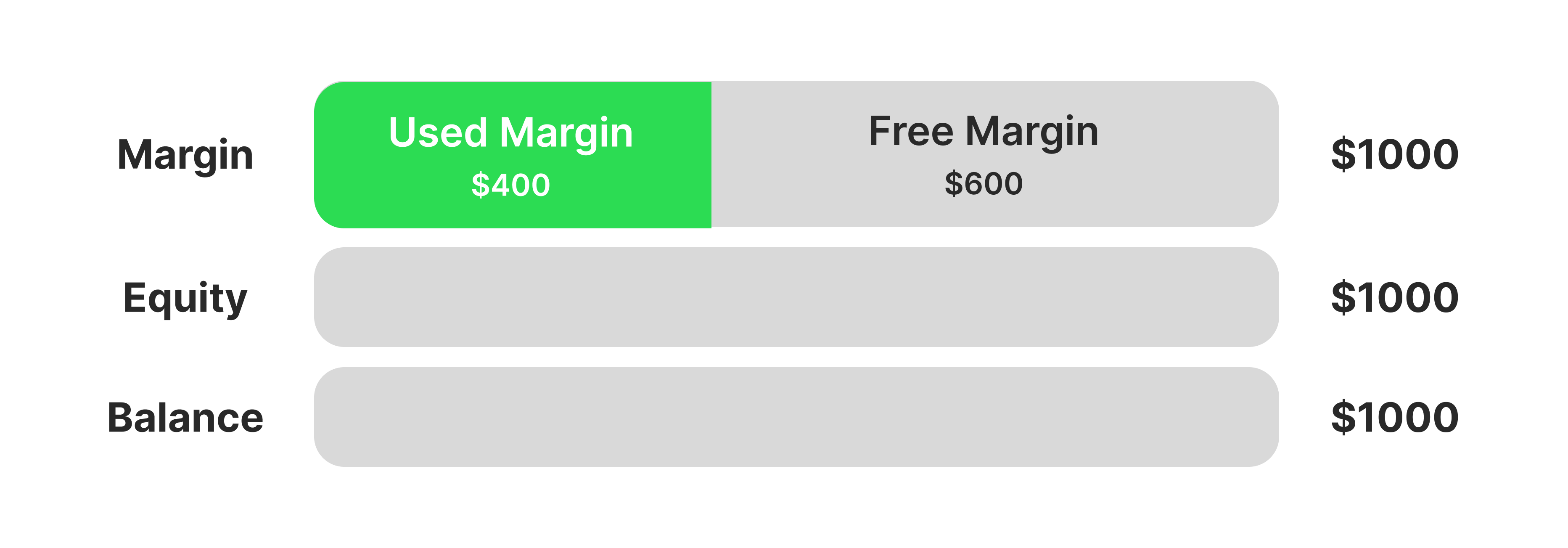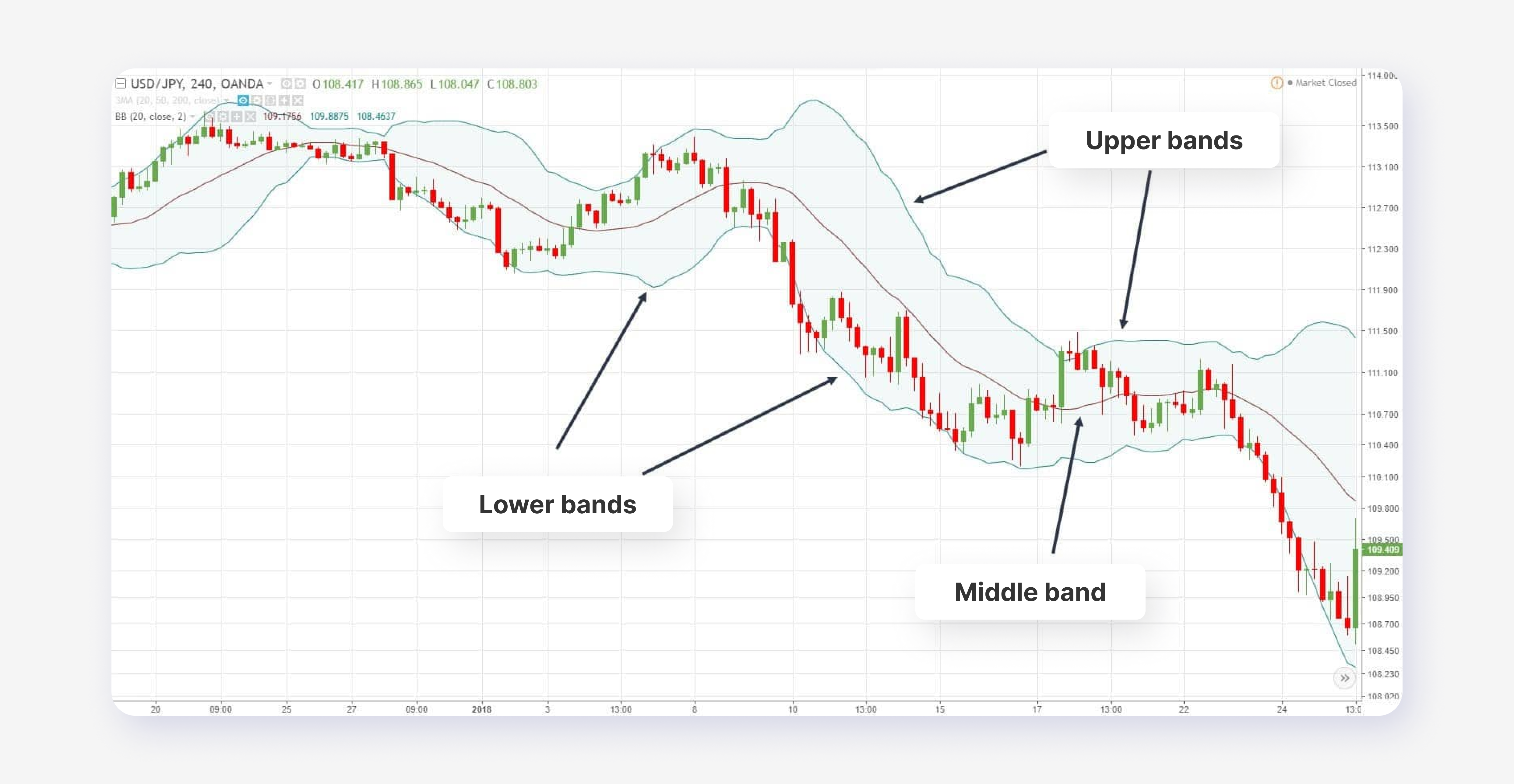What is Free Margin in FX Trading?

 By Nato Maisuradze
By Nato MaisuradzeWith a Bachelor's Degree in International Journalism, my career has taken me through diverse industries. I began in the banking sector, gaining valuable insights into finance over five years. This foundation led me to fintech, where I began to merge my financial understanding with my passion for writing. As a copywriter, I use my diverse experience to create content that's easy to understand and engaging, helping readers feel confident and informed about financial matters.
 By Tamta Suladze
By Tamta SuladzeTamta is a content writer based in Georgia with five years of experience covering global financial and crypto markets for news outlets, blockchain companies, and crypto businesses. With a background in higher education and a personal interest in crypto investing, she specializes in breaking down complex concepts into easy-to-understand information for new crypto investors. Tamta's writing is both professional and relatable, ensuring her readers gain valuable insight and knowledge.

Have you ever wondered how much buying power you left in your Forex trading account? The answer lies in estimating the free margin. This critical concept determines your ability to open new positions and acts as a buffer against potential losses in existing trades. Whether you're new to Forex trading or looking to sharpen your skills, getting a solid knowledge of free margin can be a game changer.
In this article, we'll break down what Forex free margin is, how it works in the FX market, its importance, and how to calculate it to avoid unwanted surprises during your trades.
Free margin is the available capital in your trading account that can be used to open new positions or withstand market fluctuations.
Monitoring your free margin can prevent unexpected losses and improve your margin trading strategy.
Using a free margin calculator and adopting sound risk management practices are crucial for Forex trading success.

FX trading often involves leveraging positions – controlling more currency than your deposit allows. This leverage comes with a requirement to set aside a portion of your funds, called the margin. But what happens to the remaining trading account balance? That's where free margin comes in.
In its simplest terms, free margin refers to the funds in a trader's account that are available to open new positions or withstand market volatility. Unlike margin, free margin is the unused capital left in your account after your current trades are accounted for. Essentially, it's your trading shield.
Free margin plays a crucial role in determining the overall risk exposure of a trader's account. Here's why its understanding matters:
Free margin acts as a buffer, protecting traders from margin calls. When your usable margin falls to zero, your broker may automatically close your open positions to prevent further losses. Knowing your free margin can help you monitor this risk and take corrective actions before it's too late.
A more free margin allows you to open more positions in the market. If your usable margin is low, you'll be limited in the trades you can place. In contrast, maintaining a healthy free margin enables you to diversify your trading strategy and seize more opportunities.
A strong understanding of free margin lets you manage your risk more effectively. By keeping an eye on your free margin level, you can balance your trades, avoid over-leveraging, and ensure you're not taking too much risk.
It's crucial to differentiate between free margin and margin. Here's a simple breakdown of the difference between margin and free margin:
Margin: This is the percentage of the total trade value your broker requires to be deposited as security when using leverage. For instance, a 1% margin requirement on a $10,000 trade translates to a $100 margin deposit.

Free Margin: This reflects the remaining funds in your account after deducting the total margin used for all your open positions from your account equity.
By understanding free margin vs. margin, traders can make better-informed decisions and reduce the risks of margin calls, which occur when your free margin drops to zero or below.
Fast Fact
Free margin in Forex is the amount available to withdraw from your trading account if you have no hedged positions. If you have hedged positions, the amount you can withdraw is your equity minus margin hedges.

Calculating your free margin is a straightforward process. Here's the formula:
Free margin = account Equity – Used Margin
Here's a breakdown of the terms:
Account Equity: This represents the current value of your trading account, including your initial deposit, any unrealised profits or losses on open positions, and any accrued interest.
Used Margin: This signifies the total amount of margin currently allocated to maintain your existing FX trades.
For example, if you have $10,000 in your account and you've used $2,000 as margin for open trades, your free margin will be:
Free Margin=10,000−2,000=8,000
This means you have $8,000 available to open new positions or to cushion your account from potential losses.
Calculating free margin manually can be tricky, especially when you have multiple open positions or are trading in volatile markets. Fortunately, numerous online free margin calculators simplify the process.
To use a free margin calculator, you typically need to input the following information:
Your account balance
The margin used for your open positions
The leverage applied to your trades.
The calculator will then compute your free margin automatically, helping you stay on top of your risk and available trading capital.
To better illustrate how free margin works, let's look at an example:
Suppose you have a trading account with a balance of $5,000. You open a trade that requires $1,000 as a margin. In this case, your equity remains $5,000 (assuming no floating profit or loss), but your free margin will be:
Free Margin=5,000−1,000=4,000
Now, you have $4,000 available to open additional trades or cover losses.
However, if the market moves against you and you incur a floating loss of $500, your equity will drop to $4,500. Consequently, your free margin will decrease to:
Free Margin=4,500−1,000=3,500
You can adjust your trades to minimise risk and avoid a margin call by monitoring your free margin.

Leverage is a critical factor that impacts free margin. In FX trading, leverage allows you to control a larger position size with a smaller amount of capital. While leverage amplifies your potential profits, it also increases your risk exposure.
The more leverage you use, the less free margin you'll have available. For instance, with a leverage ratio of 100:1, you can control a position worth $100,000 with just $1,000. However, if the market moves against you, your free margin will drain rapidly, potentially triggering a margin call.
Successful traders know that managing free margin is essential for long-term profitability. Here are some strategies to ensure your free margin remains healthy:
Using too much leverage can quickly deplete your free margin, especially in volatile markets. Stick to leverage ratios that align with your risk tolerance and trading strategy.
Protect your free margin by setting stop-loss orders on all open positions. A stop-loss ensures that your trade is automatically closed when the market moves against you, limiting potential losses.
Volatile markets can cause sudden shifts in your account's equity, impacting your free margin. Stay informed about economic events and market conditions that may affect your trades.
Free margin serves as a buffer against market volatility and is a critical factor in managing risks associated with trading. By realising how free margin works and monitoring it closely, traders can protect their accounts from margin calls, avoid forced liquidation, and maintain the flexibility to benefit from market opportunities. Appropriate risk control and sustaining a healthy free margin are paramount for long-term success.